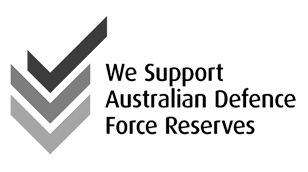
People carrying on business in common for profit are in Partnership. It is an old and historically successful business model, although more businesses today incorporate as a limited liability corporation. The unwritten essence of a partnership is trust between partners and when trust no longer remains, the end of a partnership becomes a real possibility.
A partner can terminate a partnership by written notice to the other partner or partners. When that occurs, all debts and partnership liabilities are settled and the former partners share the surplus assets (equally or as agreed).
There are a number of things you need to bear in mind in the wake of partnership dissolution:
- Is the relation actually a partnership?
- Is there a formal partnership agreement? What are the terms?
- What are the profit share arrangements?
- Is there any entitlement to salaries?
- Whether interest can be claimed on capital advances
- A proper accounting process
- Access to financials
- Apportionment of premiums and application of property
- Releases of guarantees and liabilities
- Unauthorised appropriation of partnership assets
- Continuing authority of partners during winding up
- Resolution of work in progress
- Goodwill – how to value and apportion it
- Final settlement of accounts
If you are already at the point of walking out, that may not be the best thing to do. Generally speaking, having control of the partnership assets can be very important especially if the partners’ relationship has deteriorated to the point where they aren’t talking and are unlikely to agree any of the matters set out above.
Before you take any substantive action we recommend you talk to us on a no obligation basis.
For further information please contact Peter on 8362 6400 or email Peter Jakobsen. Join our mailing list to receive updates and advice on current issues.







